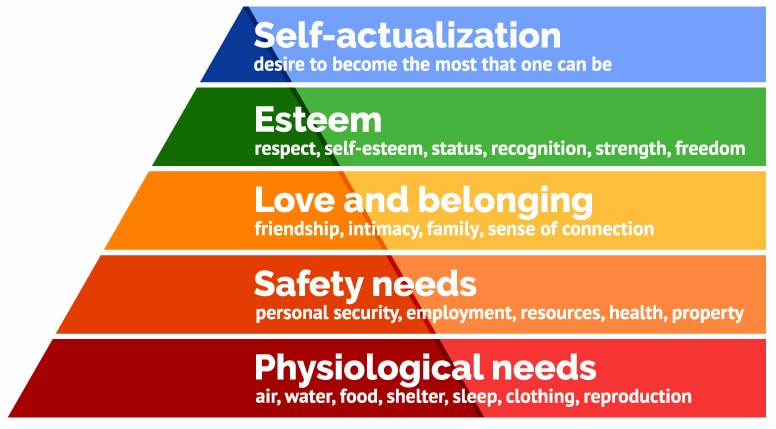[et_pb_section fb_built=”1″ _builder_version=”4.16″ _module_preset=”default” custom_padding=”0px||0px|||” global_colors_info=”{}”][et_pb_row _builder_version=”4.16″ _module_preset=”default” custom_padding=”0px||0px|||” global_colors_info=”{}”][et_pb_column type=”4_4″ _builder_version=”4.16″ _module_preset=”default” global_colors_info=”{}”][et_pb_image src=”https://developtogether.co.uk/wp-content/uploads/2022/08/snakeandladders.jpg” title_text=”snakeandladders” _builder_version=”4.18.0″ _module_preset=”default” global_colors_info=”{}”][/et_pb_image][/et_pb_column][/et_pb_row][et_pb_row _builder_version=”4.16″ _module_preset=”default” global_colors_info=”{}”][et_pb_column type=”4_4″ _builder_version=”4.16″ _module_preset=”default” global_colors_info=”{}”][et_pb_text content_tablet=”
It’s a well-used theory that has found its way into a variety of fields to help people understand the drivers and motivations of those who are a part of their professional or personal lives.
If I remember correctly, I first learnt about Maslow’s hierarchy while studying my teaching qualification in 2013, and it felt like I had found a secret code to decipher the actions and behaviours of not only the students I was working alongside, but also other people I had contact with.
Unfortunately, it’s not quite as straightforward as it may have seemed at the start.
There are a multitude of factors required to fully understand why we all do what we do, but Maslow’s hierarchy is still a simple starting point.
If you’ve not had the opportunity to discover this theory here’s a quick summary.
Maslow theorised that we all have some essential needs in life and once these are all in place then we focus our efforts on the next level of needs.
He arranged these levels into a triangle with the ultimate goal being at the apex. See the picture below if my explanation wasn’t clear.
%91caption width=%22776%22 id=%22attachment_1275%22 align=%22aligncenter%22%93 maslow’s hierarchy of needs%91/caption%93
maslow’s hierarchy of needs%91/caption%93
My own understanding and further research of this theory is fairly limited; however I have used what I do know effectively in my own life and also working with clients.
Now to bring in the Snakes and Ladders (or Shoots and Ladders for some people). It has become apparent that the climb of the needs in Maslow’s hierarchy is certainly not linear.
Sometimes in our efforts to reach the next level we roll the dice and the risk pays off and we land on a ladder, or the risk goes against us and we find ourselves sliding down a number of steps.
Becoming aware of the analogy of life can help us all navigate our way through the struggles, as well as not getting complacent in the good times.
If we know where we sit on Maslow’s hierarchy then we can concentrate our efforts on securing each element on that level before risking the dice roll once more.
As part of my work with clients, it’s my job to help them effectively manage this process and not run before they can walk.
So if you’d like to benefit from this then why not get involved for free by downloading this free PDF to Kickstart Your Life and Build Momentum, and/or book a free no obligation video chat with me.
Take care and Own The Day,
Rob
” content_phone=”
It’s a well-used theory that has found its way into a variety of fields to help people understand the drivers and motivations of those who are a part of their professional or personal lives.
If I remember correctly, I first learnt about Maslow’s hierarchy while studying my teaching qualification in 2013, and it felt like I had found a secret code to decipher the actions and behaviours of not only the students I was working alongside, but also other people I had contact with.
Unfortunately, it’s not quite as straightforward as it may have seemed at the start.
There are a multitude of factors required to fully understand why we all do what we do, but Maslow’s hierarchy is still a simple starting point.
If you’ve not had the opportunity to discover this theory here’s a quick summary.
Maslow theorised that we all have some essential needs in life and once these are all in place then we focus our efforts on the next level of needs.
He arranged these levels into a triangle with the ultimate goal being at the apex. See the picture below if my explanation wasn’t clear.
%91caption width=%22776%22 id=%22attachment_1275%22 align=%22aligncenter%22%93 maslow’s hierarchy of needs%91/caption%93
maslow’s hierarchy of needs%91/caption%93
My own understanding and further research of this theory is fairly limited; however I have used what I do know effectively in my own life and also working with clients.
Now to bring in the Snakes and Ladders (or Shoots and Ladders for some people). It has become apparent that the climb of the needs in Maslow’s hierarchy is certainly not linear.
Sometimes in our efforts to reach the next level we roll the dice and the risk pays off and we land on a ladder, or the risk goes against us and we find ourselves sliding down a number of steps.
Becoming aware of the analogy of life can help us all navigate our way through the struggles, as well as not getting complacent in the good times.
If we know where we sit on Maslow’s hierarchy then we can concentrate our efforts on securing each element on that level before risking the dice roll once more.
As part of my work with clients, it’s my job to help them effectively manage this process and not run before they can walk.
So if you’d like to benefit from this then why not get involved for free by downloading this free PDF to Kickstart Your Life and Build Momentum, and/or book a free no obligation video chat with me.
Take care and Own The Day,
Rob
” content_last_edited=”on|phone” _builder_version=”4.18.0″ _module_preset=”default” hover_enabled=”0″ global_colors_info=”{}” sticky_enabled=”0″]
It’s a well-used theory that has found its way into a variety of fields to help people understand the drivers and motivations of those who are a part of their professional or personal lives.
If I remember correctly, I first learnt about Maslow’s hierarchy while studying my teaching qualification in 2013, and it felt like I had found a secret code to decipher the actions and behaviours of not only the students I was working alongside, but also other people I had contact with.
Unfortunately, it’s not quite as straightforward as it may have seemed at the start.
There are a multitude of factors required to fully understand why we all do what we do, but Maslow’s hierarchy is still a simple starting point.
If you’ve not had the opportunity to discover this theory here’s a quick summary.
Maslow theorised that we all have some essential needs in life and once these are all in place then we focus our efforts on the next level of needs.
He arranged these levels into a triangle with the ultimate goal being at the apex. See the picture below if my explanation wasn’t clear.

My own understanding and further research of this theory is fairly limited; however I have used what I do know effectively in my own life and also working with clients.
Now to bring in the Snakes and Ladders (or Shoots and Ladders for some people). It has become apparent that the climb of the needs in Maslow’s hierarchy is certainly not linear.
Sometimes in our efforts to reach the next level we roll the dice and the risk pays off and we land on a ladder, or the risk goes against us and we find ourselves sliding down a number of steps.
Becoming aware of the analogy of life can help us all navigate our way through the struggles, as well as not getting complacent in the good times.
If we know where we sit on Maslow’s hierarchy then we can concentrate our efforts on securing each element on that level before risking the dice roll once more.
As part of my work with clients, it’s my job to help them effectively manage this process and not run before they can walk.
So if you’d like to benefit from this then why not get involved for free by downloading this free PDF to Kickstart Your Life and Build Momentum, and/or book a free no obligation video chat with me.
Take care and Own The Day,
Rob
[/et_pb_text][/et_pb_column][/et_pb_row][/et_pb_section]
